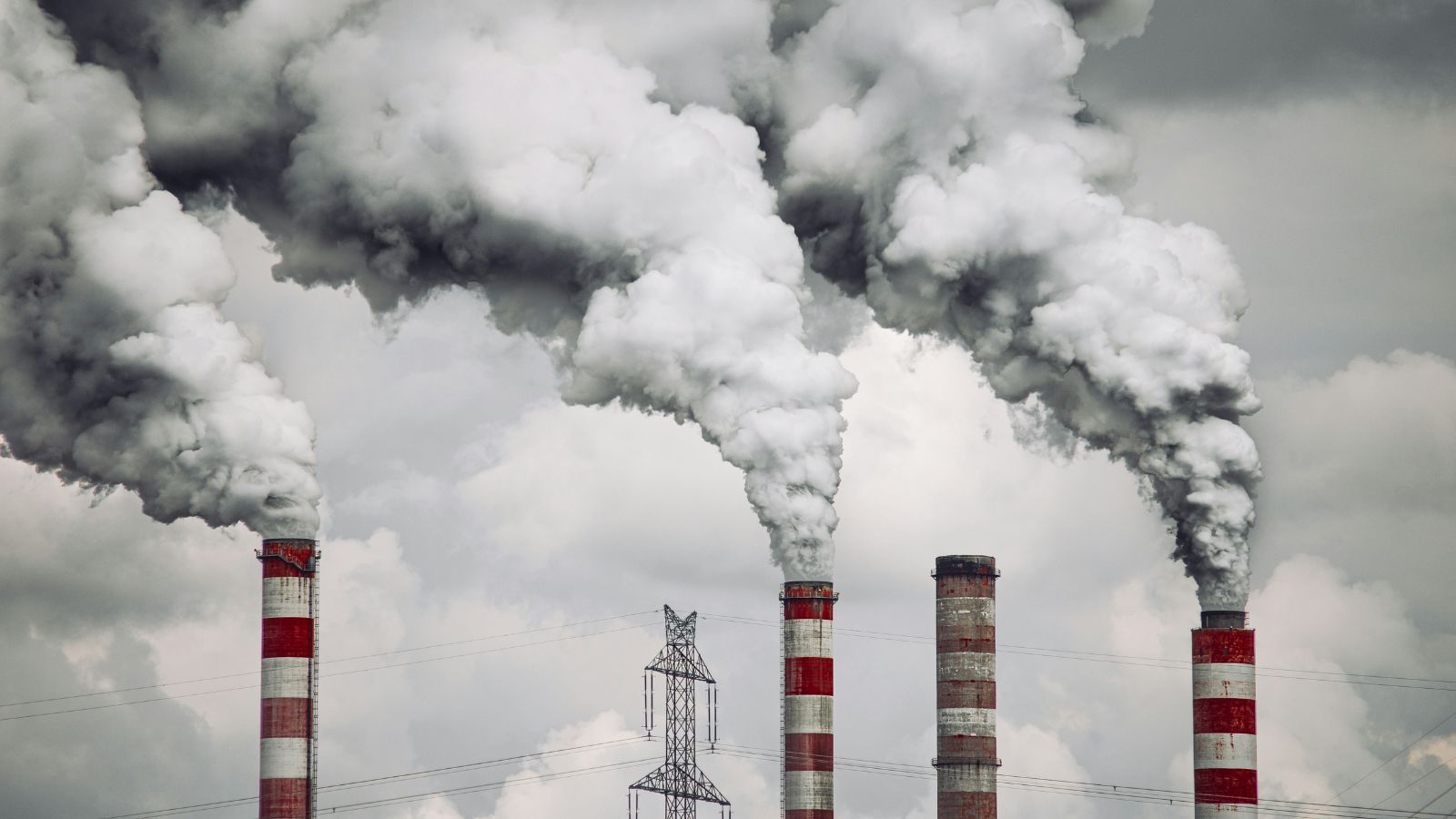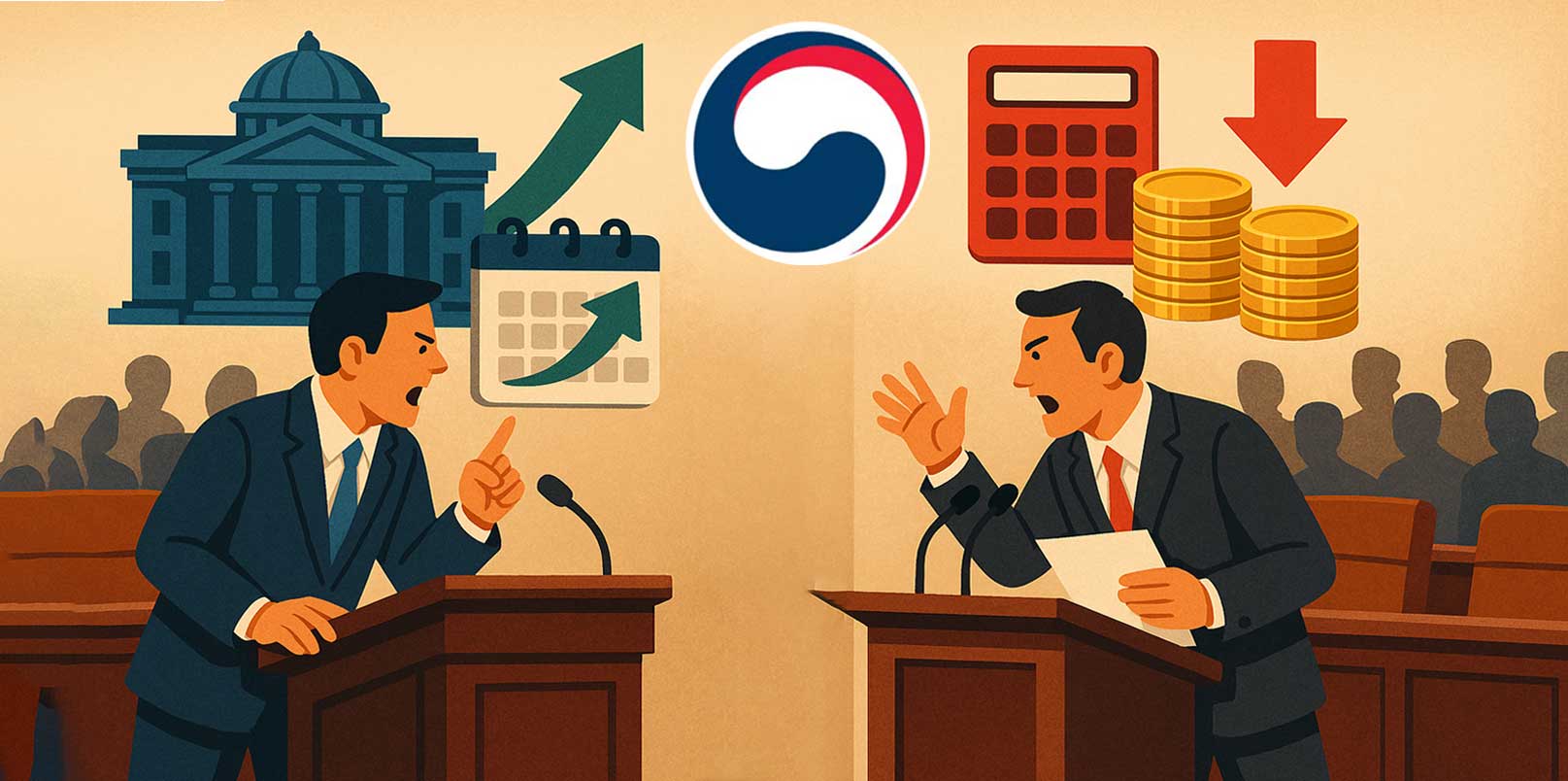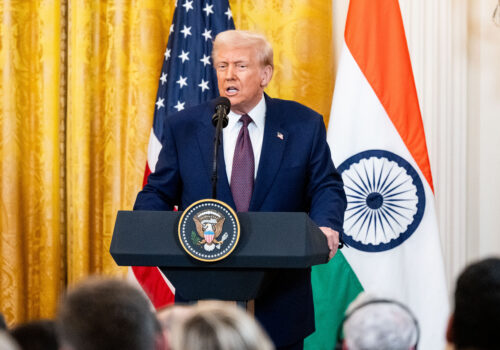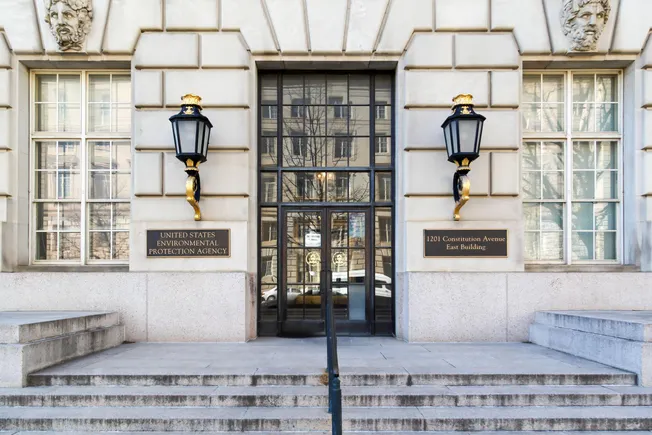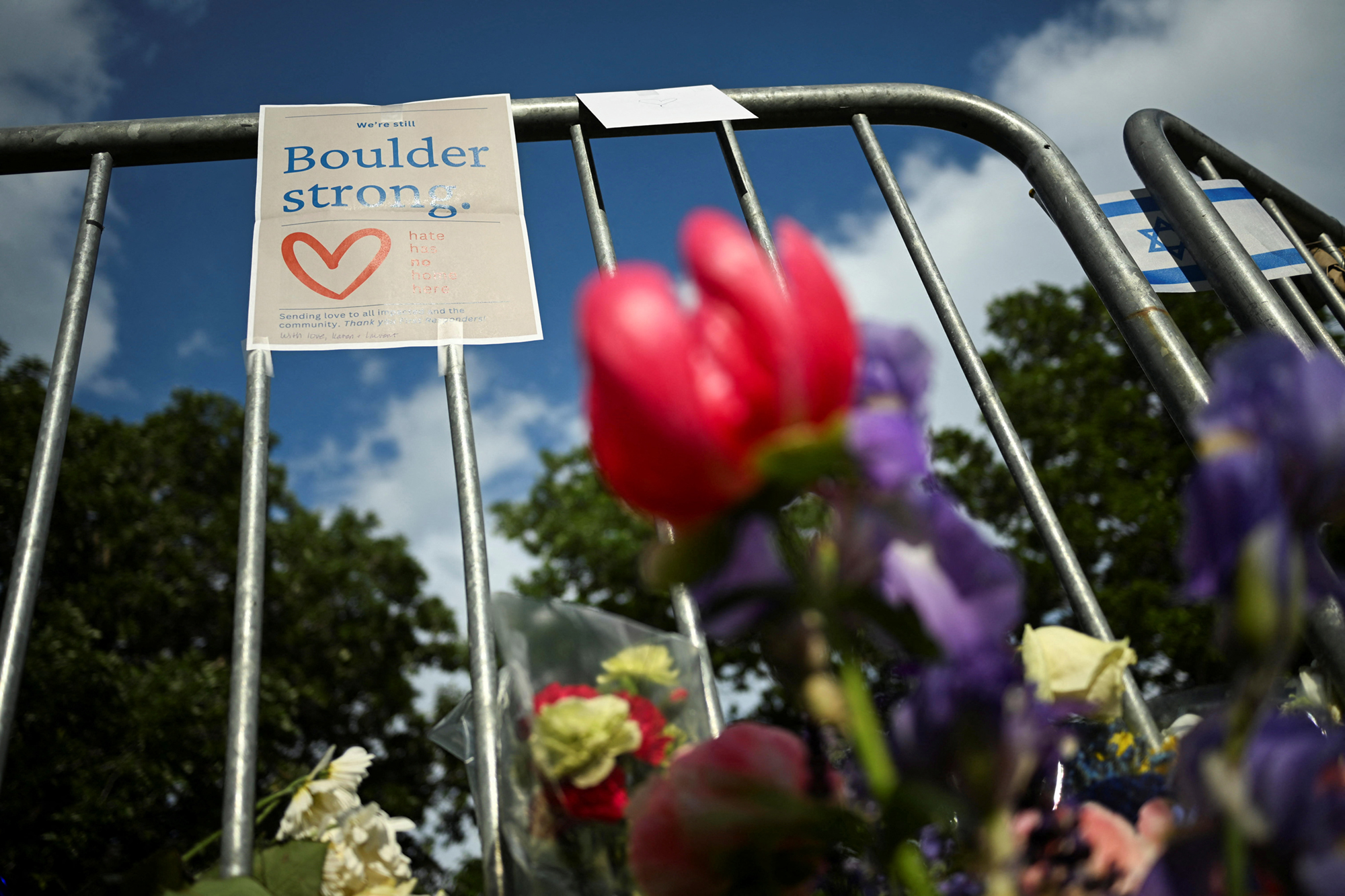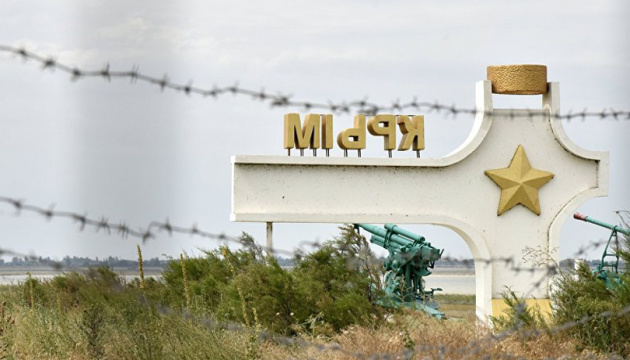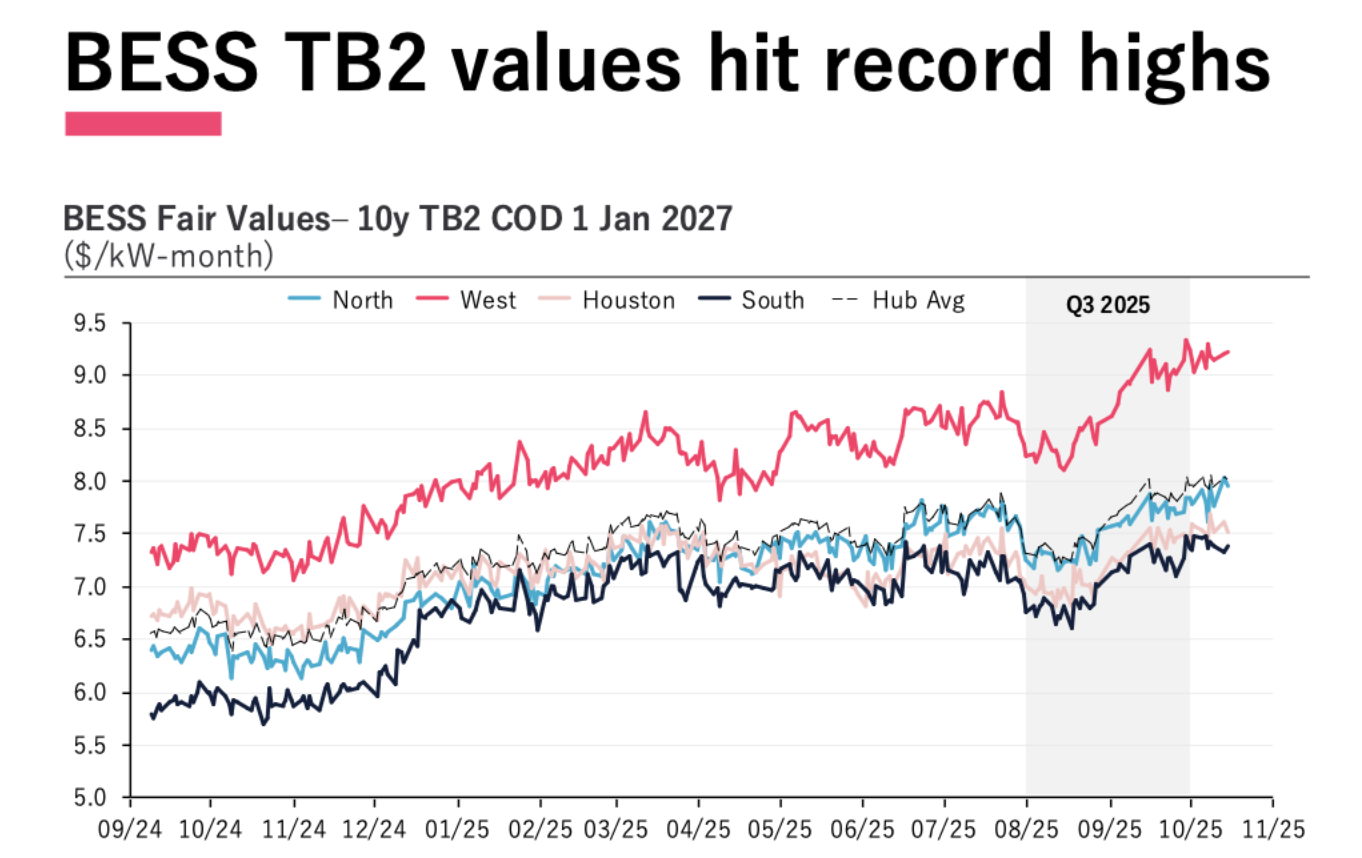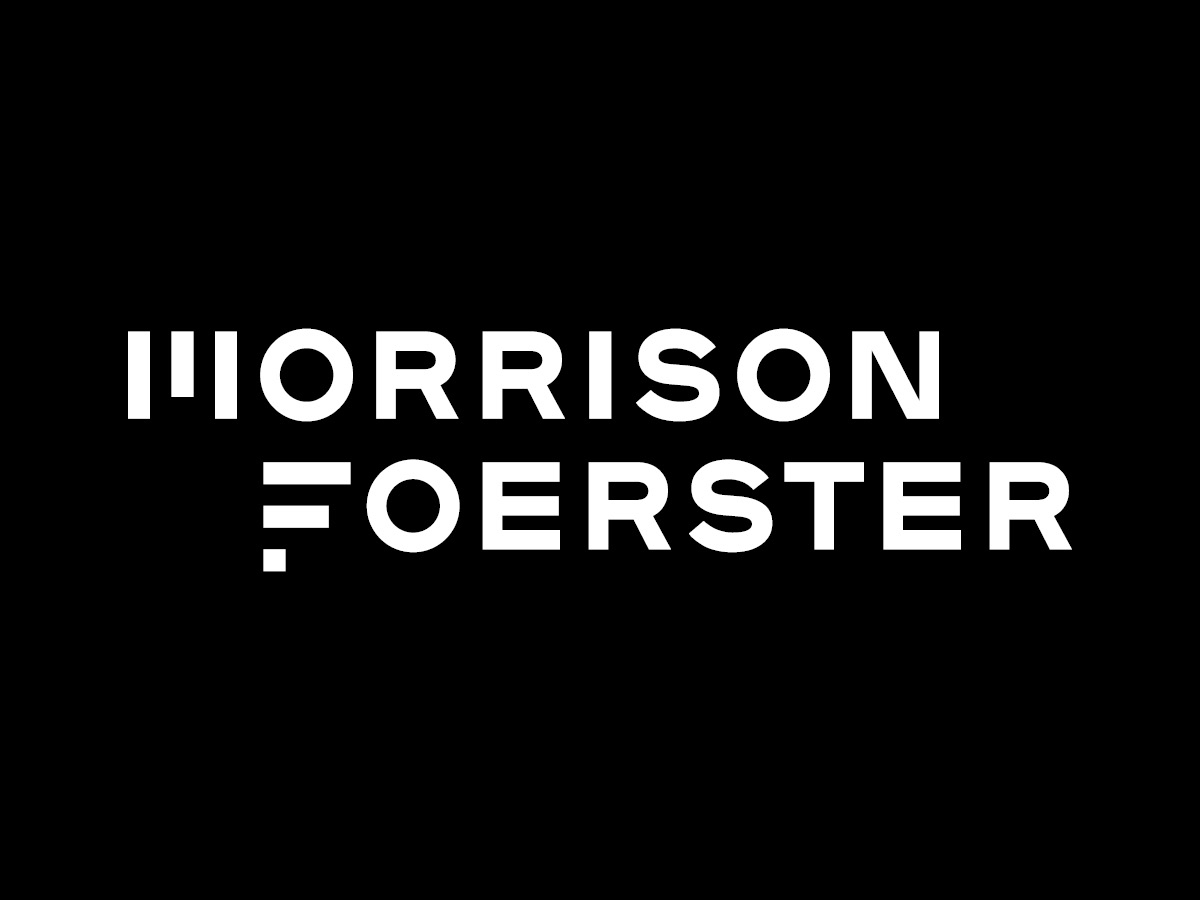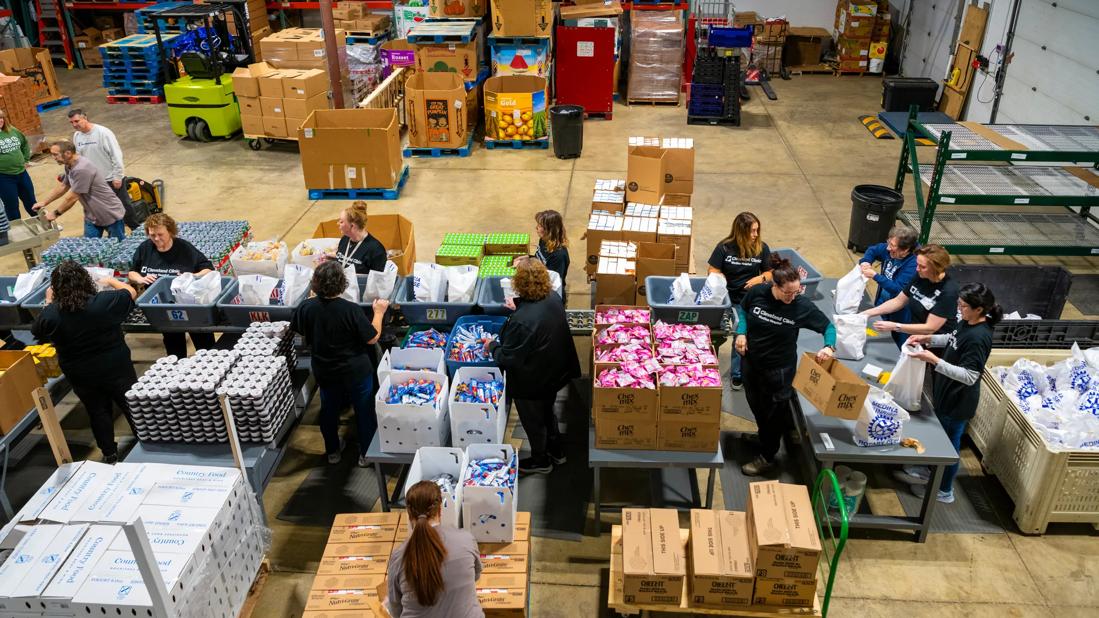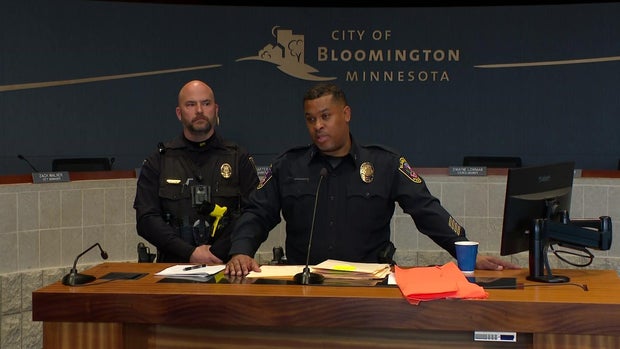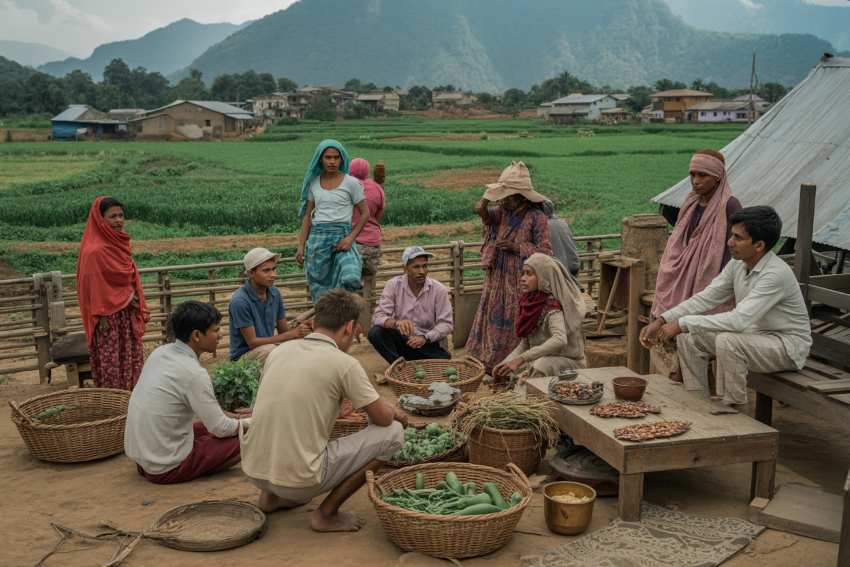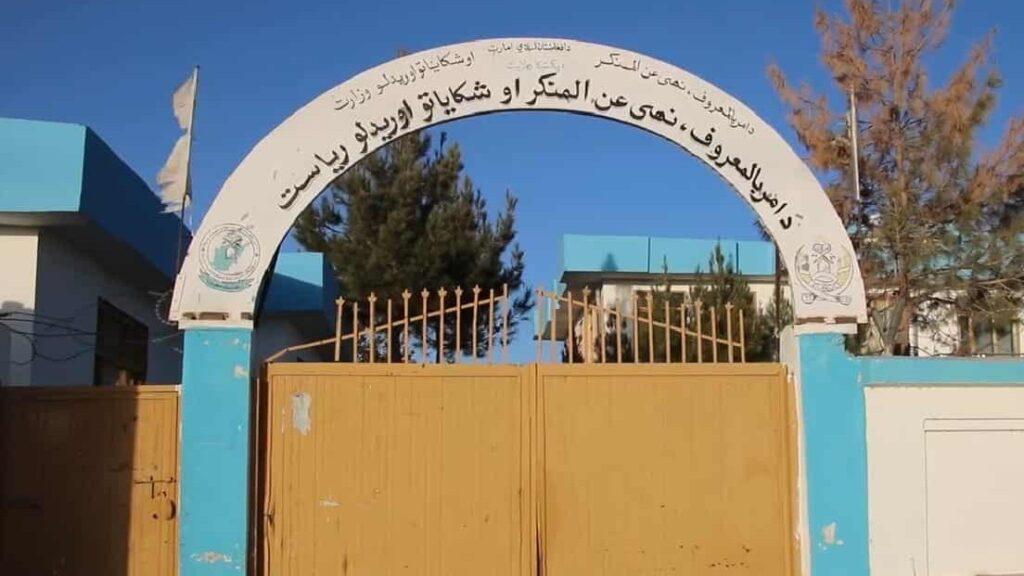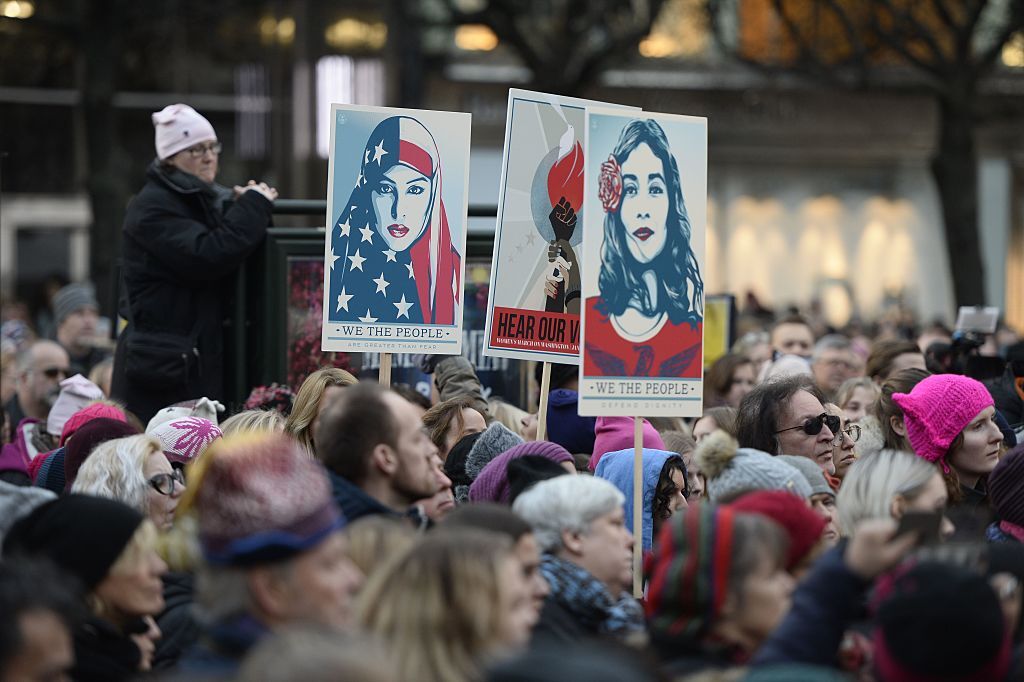Rotherham child sexual abuse scandal: Allegations point to police involvement – World Socialist Web Site

Report on Allegations of Police Involvement in the Rotherham Child Sexual Exploitation Scandal and Implications for Sustainable Development Goals
Executive Summary
This report examines new evidence in the Rotherham child sexual exploitation scandal, where at least 1,400 children were abused between 1997 and 2013. Recent allegations suggest direct involvement and collusion by officers of the South Yorkshire Police (SYP). These developments represent a catastrophic failure to uphold fundamental human rights and reveal severe breaches of several United Nations Sustainable Development Goals (SDGs), particularly SDG 16 (Peace, Justice and Strong Institutions), SDG 5 (Gender Equality), and SDG 10 (Reduced Inequalities).
Systemic Institutional Failure: A Contravention of SDG 16
The core of the recent revelations is a profound failure of justice and state institutions, directly undermining the principles of SDG 16, which calls for effective, accountable, and transparent institutions.
Allegations of Police Criminality and Collusion
- Five survivors have provided statements alleging sexual abuse by police officers.
- Testimonies from an additional 25 victims describe police officers collaborating with perpetrators or deliberately ignoring reports of child sexual exploitation.
- A dossier compiled by Switalskis Solicitors, containing 30 survivor testimonies, details harrowing accounts of abuse by serving officers, including rape in marked police vehicles.
Failure of Accountability and Justice Mechanisms
The institutional response has failed to deliver justice or accountability, a direct violation of SDG Target 16.2 (End abuse, exploitation, trafficking and all forms of violence against and torture of children) and Target 16.3 (Promote the rule of law… and ensure equal access to justice for all).
- Operation Linden: An eight-year investigation by the Independent Office of Police Conduct (IOPC) concluded in 2022. Despite upholding 43 complaints, no officer faced criminal charges or dismissal. A former investigator described the operation as “an abject failure.”
- Current Investigation: The investigation into criminal allegations against former officers has been handed back to the South Yorkshire Police, the very institution implicated. This has created a severe conflict of interest, leading 13 witnesses to withdraw their cooperation due to a complete lack of faith in the process.
- Lack of Transparency: The decision to allow SYP to investigate itself, despite calls for an independent inquiry from legal representatives and Professor Alexis Jay (author of the 2014 report), demonstrates a lack of commitment to the transparent and accountable institutions mandated by SDG Target 16.6.
Gender-Based Violence and Health Impacts: Breaches of SDG 5 and SDG 3
The targeted abuse of vulnerable girls constitutes an extreme form of gender-based violence, while the long-term consequences represent a public health crisis.
Targeting of Girls and Young Women (SDG 5)
The exploitation systematically targeted girls, representing a gross violation of SDG Target 5.2 (Eliminate all forms of violence against all women and girls). Survivor testimonies allege that officers:
- Exchanged sex for drugs or money.
- Supplied Class A drugs to the gangs exploiting the girls.
- Used their position of authority to threaten and coerce victims into silence.
Impact on Health and Well-being (SDG 3)
The abuse inflicted severe and lasting harm, undermining SDG 3 (Good Health and Well-being). The 2014 Jay Report noted that a third of victims had mental health problems and two-thirds had emotional difficulties, a direct consequence of the trauma they endured.
Socio-Economic Vulnerability: The Role of Inequality (SDG 10)
The crisis was exacerbated by underlying social inequalities, highlighting a failure to protect the most vulnerable as required by SDG 10 (Reduced Inequalities).
Exploitation of Vulnerable Children
The perpetrators, including allegedly corrupt police officers, deliberately targeted children whose vulnerability was compounded by socio-economic factors. This is a direct failure of SDG Target 10.2, which aims to empower and promote the inclusion of all, irrespective of age, sex, or economic status.
- A significant number of victims were in the care of the local authority, meaning the state failed in its primary duty of protection.
- One survivor, “Emma,” who was in the care system, described being targeted by an officer who “knew we wouldn’t be missed.”
- The 2014 Jay Report explicitly linked the escalating crisis to cuts in social provision and local authority funding, which reduced the resources available to protect at-risk children.
Conclusion
The ongoing Rotherham scandal is not merely a historical crime but a continuing crisis of justice, accountability, and institutional integrity. The allegations of police complicity, coupled with the systemic failure of subsequent investigations, represent a profound breach of the UK’s commitment to the Sustainable Development Goals. Achieving SDG 16, SDG 5, and SDG 10 requires robust, independent, and transparent justice systems that protect the vulnerable, hold perpetrators accountable regardless of their position, and restore faith in public institutions. The current handling of the investigation fails to meet these essential criteria.
Analysis of Sustainable Development Goals in the Article
1. Which SDGs are addressed or connected to the issues highlighted in the article?
- SDG 16: Peace, Justice and Strong Institutions: This is the most central SDG, as the article focuses on the failure of the justice system, police corruption, violence against children, and the lack of accountability within institutions like the South Yorkshire Police (SYP) and the Independent Office of Police Conduct (IOPC).
- SDG 5: Gender Equality: The article specifically discusses the sexual abuse and exploitation of girls and women, directly addressing the issue of violence against females.
- SDG 3: Good Health and Well-being: The article mentions the severe physical and mental health consequences for the victims, including mental health problems, emotional difficulties, and forced illegal abortions.
- SDG 10: Reduced Inequalities: The article links the crisis to poverty, cuts in social services, and the specific targeting of vulnerable children, particularly those “in care,” highlighting how social and economic inequality exacerbated their vulnerability.
2. What specific targets under those SDGs can be identified based on the article’s content?
-
SDG 16: Peace, Justice and Strong Institutions
- Target 16.1: Significantly reduce all forms of violence and related death rates everywhere. The article details extreme violence, including beatings, threats, and repeated rape of children.
- Target 16.2: End abuse, exploitation, trafficking and all forms of violence against and torture of children. The core subject of the article is the sexual abuse and exploitation of at least 1,400 children.
- Target 16.3: Promote the rule of law… and ensure equal access to justice for all. The article demonstrates a complete failure of the rule of law, with police allegedly involved in crimes, ignoring reports, and victims being denied justice. One victim’s statement was “ripped up in front of her” by an officer.
- Target 16.6: Develop effective, accountable and transparent institutions at all levels. The article describes the SYP and IOPC as failing institutions. The IOPC’s investigation was called an “abject failure,” and the SYP is criticized for a lack of accountability, transparency, and for investigating its own officers, which survivors feel is “retraumatising.”
-
SDG 5: Gender Equality
- Target 5.2: Eliminate all forms of violence against all women and girls in the public and private spheres, including… sexual and other types of exploitation. The article is a case study of this target’s failure, describing girls as young as 11 being systematically sexually exploited by gangs and police officers.
-
SDG 3: Good Health and Well-being
- Target 3.4: …promote mental health and well-being. The article notes that “A third of the children exploited had mental health problems, and two thirds emotional difficulties,” showing the direct negative impact on the victims’ mental health.
- Target 3.7: Ensure universal access to sexual and reproductive health-care services. The mention of a survivor being “forced into an illegal abortion by the gang” highlights a severe lack of access to safe and legal reproductive healthcare for a vulnerable child.
-
SDG 10: Reduced Inequalities
- Target 10.2: …empower and promote the social, economic and political inclusion of all, irrespective of age, sex… or economic or other status. The article points out that the crisis was “fuelled by cuts to social provision” and that victims were often vulnerable children “in care” or from impoverished backgrounds, who were targeted because, as one survivor stated, “He knew we wouldn’t be missed.”
3. Are there any indicators mentioned or implied in the article that can be used to measure progress towards the identified targets?
-
For SDG 16 (Peace, Justice and Strong Institutions):
- Indicator for Target 16.2: The number of victims of child sexual exploitation is explicitly mentioned as “at least 1,400 children,” with the caveat that this number is likely “conservative.”
- Indicator for Target 16.3: The proportion of victims reporting crimes and their level of trust in authorities is implied to be extremely low. The article states that “many survivors refuse to report offences ‘because they do not think they will be believed'” and “13 witnesses have withdrawn from the current investigation” due to a “total lack of trust in SYP.”
- Indicator for Target 16.3: The number of perpetrators held accountable is shown to be minimal. The article notes that of the police officers investigated, “No officer lost their job or faced criminal charges,” and of three former officers arrested recently, “Not one has been charged.”
-
For SDG 5 (Gender Equality):
- Indicator for Target 5.2: The prevalence of sexual violence against girls is documented through numerous victim testimonies, such as being “raped from the age of 12 by a serving SYP officer” and another victim being “sexually abused by hundreds of men over five years.”
-
For SDG 3 (Good Health and Well-being):
- Indicator for Target 3.4: The prevalence of mental health issues among victims is quantified: “A third of the children exploited had mental health problems, and two thirds emotional difficulties.”
4. Table of SDGs, Targets, and Indicators
| SDGs | Targets | Indicators Identified in the Article |
|---|---|---|
| SDG 16: Peace, Justice and Strong Institutions |
16.1: Reduce all forms of violence. 16.2: End abuse, exploitation, and violence against children. 16.3: Promote the rule of law and ensure equal access to justice. 16.6: Develop effective, accountable and transparent institutions. |
– At least 1,400 child victims of sexual exploitation. – Police officers facing no criminal charges or job loss despite misconduct findings. – Victims’ refusal to report crimes due to lack of trust in police. – 13 witnesses withdrawing from an investigation due to lack of faith in the investigating body (SYP). – An official investigation (Operation Linden) being described as an “abject failure.” |
| SDG 5: Gender Equality | 5.2: Eliminate all forms of violence against all women and girls. | – Reports of girls as young as 11 and 12 being systematically raped and sexually exploited by gangs and police officers. |
| SDG 3: Good Health and Well-being |
3.4: Promote mental health and well-being. 3.7: Ensure universal access to sexual and reproductive health-care services. |
– A third of exploited children had mental health problems. – Two-thirds of exploited children had emotional difficulties. – A victim was forced into an illegal abortion. |
| SDG 10: Reduced Inequalities | 10.2: Empower and promote the social, economic and political inclusion of all. | – Victims were often vulnerable children “in care” of the local authority. – The crisis was “fuelled by cuts to social provision.” – A police officer specifically targeted children in care because “we wouldn’t be missed.” |
Source: wsws.org

What is Your Reaction?
 Like
0
Like
0
 Dislike
0
Dislike
0
 Love
0
Love
0
 Funny
0
Funny
0
 Angry
0
Angry
0
 Sad
0
Sad
0
 Wow
0
Wow
0



